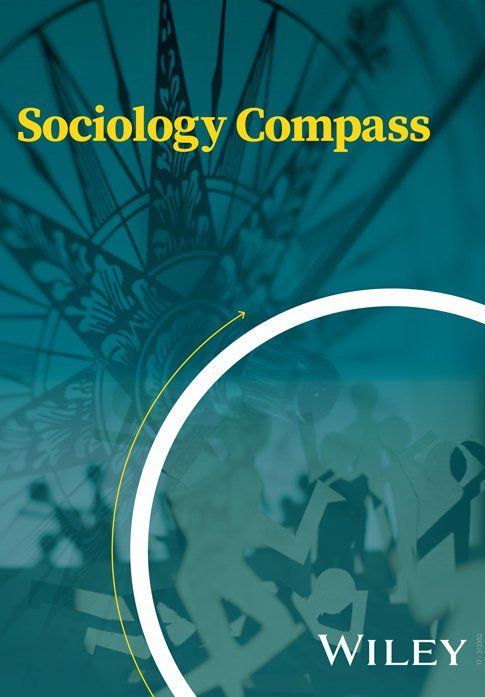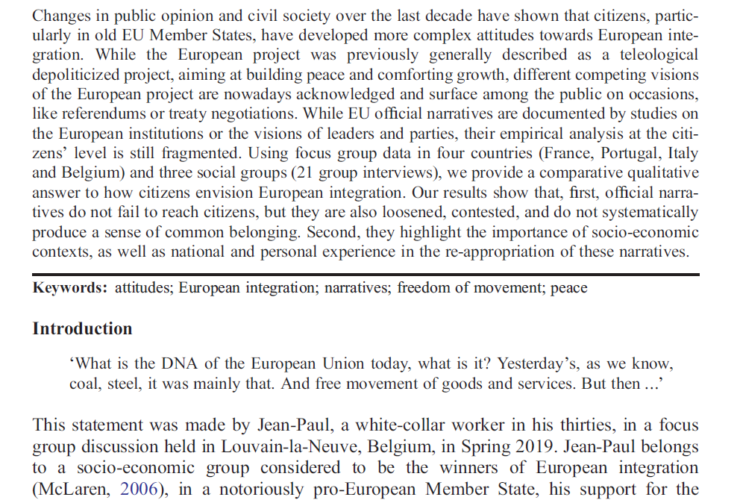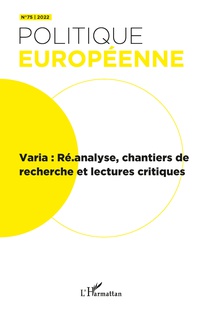Understanding Symbolic Boundaries
and Improving Quantitative Analysis of Social Exclusion by Improving the Operationalization of Boundary Work

DATE
Dec, 2017
AUTHOR
Luis Antonio Vila-Henninger
CATEGORY
Publications
Understanding Symbolic Boundaries and Improving Quantitative Analysis of Social Exclusion by Improving the Operationalization of Boundary Work
In survey research, how can we measure actors’ decisions concerning who is a member of a particular social group and who is not? How can we measure changes in this process over time? Within the sociology of culture, the operationalization of boundary work—or decisions of group membership—has been relatively overlooked. Similarly, measurement of changes in boundaries has been overlooked as well. An important first step is to better match the operationalization of boundary work with theory. To do so, I argue that survey items concerning decisions of social exclusion measured in the Likert scale can be used. In addition to allowing scholars to compare those who exclude with those who include (often measured as Strongly Agree/Agree vs. Disagree/Strongly Disagree), the Likert scale offers a measurement of boundary strength: how strongly respondents are committed to their exclusionary judgments (Agree vs. Strongly Agree, Disagree vs. Strongly Disagree). A novel element of boundary change can then be measured as variation over time in commitment to exclusionary judgment in time series data. A boundary that has increased in strength would be one for which respondents increase in their emotional commitment to their exclusionary judgment over time.
www.example.com
Reference: Vila-Henninger, Luis, “Understanding Symbolic Boundaries and Improving Quantitative Analysis of Social Exclusion by Improving the Operationalization of Boundary Work”, Sociology Compass, n° 9, issue 12, December 2015, pp. 1025–1035.



